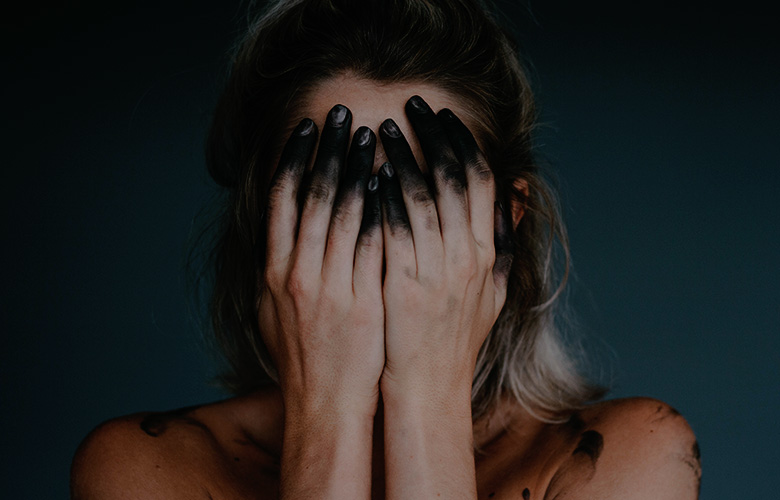
The speculation surrounding a potential link between creativity and mental illness has long been expounded by various scholarly disciplines. And while many of these scientific approaches have demonstrated less than confident results in determining how accurate this correlation may be, there is still a widely known perception that creativity, creative genius, and work in the creative fields puts artists at higher risk of mental illness.
A strong reason for this persistent cultural understanding of artist depression and emotional instability is most likely fueled by a consistent string of highly public tragedies that have befallen popular artistic frontmen/women.
The recent passing of lead singers Chester Bennington of Linkin Park and Chris Cornell of Soundgarden undoubtedly hit close to home for many fans.
While these tragedies require an in-depth discussion of the difficulties of being a touring musician, are they indicative of the mental state of all creative types?
Are these events outliers to a generally stable population? It very well could be that the rigours of tour life, the intense public scrutiny, and the aggressive performance schedules that these musicians maintain could be the prominent factors contributing to the recent deaths. But do these factors have any effect on the average theatre performer, writer, or musician? The “tortured genius” caricature of an intelligent artist also helps evince a pervasive idea that creativity requires a mental imbalance, a serious drug habit, or a handshake with the devil. Are these antiquated ideas? Is there merit to how this represents artists?
These theories are brought up not to present a cogent answer for such a wide-reaching question; it does not fully exist yet in complete clarity. The aim is to demonstrate that these suppositions create an “us” versus “them” milieu. All of this speculation presents a narrow view of artists; it demonstrates that musicians take a less “normal” path in life, or that they have less stability in life than many other careers. While there is an element of truth to this, because artists’ employment is incompatible to most labour markets, ending the description of creatives at this juncture misses the larger point: that most artists have families, need to pay rent, learn to cook, take kids to daycare, etc.
The same tribulations of life occur for an artist as in any other job field.
Let’s hypothetically assume that the arts and humanities held the same regard as sources of employment compared to the rest of the economic structure of our society. Would that same stigma about our tortured genius present itself? What makes our economy so disregard the creative fields as “other” when in fact elements of creativity are present in nearly every facet of business? What even is it about the average life of an artist that earns a right to demand precedence to an illness that affects so many people with such indiscriminate impunity?
Artists need to talk about whether mental illness is related to their careers. The key difference is that they deserve to talk about it while being viewed as people participating in life, not solely because of their source of employment.
Mental illness is a struggle for all, not just artists, and making it seem like certain forms of employment have a higher prevalence than other groups creates false understanding.
Being an artist is a struggle, and those challenges deserve thoughtful discourse about their effect on an individual’s wellbeing. Being a banker is difficult, and being a painter too. Each deserves its time. Everyone struggles in life, but forcing a divide between artists and non-artists is a barrier that has no place.
There very well may be a connection between certain personality types that gravitate towards the arts and mental illness. There could be certain biological or neurological factors that contribute to this. There could be environmental factors that enhance the possibility of depression because of the demands of the job. While this article in no way explains the tragedies that have befallen many an artist, and while this article contains no explanation to the potential connection between being an artist and mental illness, it seems that taking down barriers and misunderstanding is always a good place to start. An active education about what we as creatives do and strong thoughtful discussions on mental illness in any career path just might be the right way to begin.
The Modern Laws Of Fairness: An Industry Reality Check
You Haven’t Worked A Hard Day In Your Life
© 2021 TheatreArtLife. All rights reserved.

Thank you so much for reading, but you have now reached your free article limit for this month.
Our contributors are currently writing more articles for you to enjoy.
To keep reading, all you have to do is become a subscriber and then you can read unlimited articles anytime.
Your investment will help us continue to ignite connections across the globe in live entertainment and build this community for industry professionals.